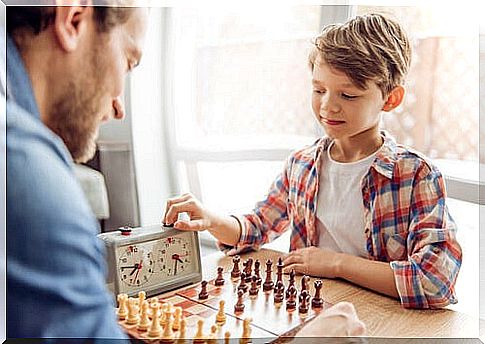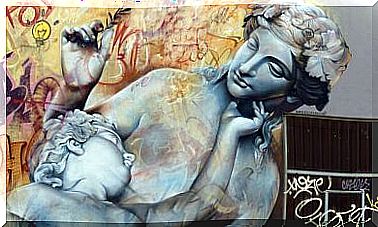How To Work With High Capacities From School

A gifted student, a gifted, talented, precocious, genius student… all these concepts refer to a typology of students who stand out above the average. In this article, we will analyze what high abilities are and how they work from school.
Generally, the existing terminology tends to be used indiscriminately to designate this type of student. Therefore, it is necessary to distinguish the main close concepts that are often confused in the educational world :
- Precocious student : a student is precocious when he presents a higher evolutionary development than his peers. This implies that they also acquire knowledge and skills earlier than expected for their age. Precocity is usually an indicator of high capacities, although this is not always the case. In that case, over time the student ends up equating himself at all levels to the rest of his class.
- Talented student : refers to a student with great ability or performance in a certain area. In other areas, however, its performance may be normal or even poor. Examples of these talents can be mathematical, social, or verbal.
- High-ability pupil: commonly called gifted, the main characteristics that define these boys and girls are: high intelligence, high levels of creativity (divergent thinking), and high motivation and curiosity. They are usually students with a powerful memory, concentration and attention. In addition, they are experts in metacognitive processes. In the affective field, they tend to have a high self-concept and self-esteem, linked to high academic performance. These characteristics, however, are general and will always depend on the characteristics of the child.

Difficulties of students with high abilities
However, high abilities can go unnoticed or can even lead to unwanted behaviors in the classroom. This student body does not always have to be a student of ten and, in fact, it is normal to encounter difficulties that must be detected and addressed:
- Hide your skills to be accepted.
- Disinterest in most academic subjects.
- Poor study habits.
- Thanks to their high verbal ability, it can be difficult to argue with them.
- They can be seen by others as uncooperative.
- They may feel rejected by their peers.
- They get bored in class and frustrated.
- Homework and school assignments undone and excuses about them.
- They can focus only on activities of their interest: video games, reading …
Measures to work high capacities
Before establishing a work plan, it is necessary to take into account the characteristics of the student beyond the label. Not all have the same profile, and therefore, beneficial measures for some may not be so for others.
However, the main specific educational measures that are usually implemented are three: the flexibilization or acceleration of the schooling period, the extension curricular adaptations and the curricular enrichment.
Flexibility or acceleration of the schooling period
This measure is of an extraordinary nature and refers to two situations. In the first, it is decided that the student begins an educational stage earlier than, due to his chronological age, corresponds to him. For example, starting the Primary Education stage with five years instead of six. The second situation occurs when, within an educational stage, it is decided that the student should advance a course. In this case, for example, after finishing 3rd, promote directly to 5th grade of Primary.
Extension curricular adaptations
These are individualized adaptations that are developed to expand the student’s curriculum. A common procedure is usually to add content from higher courses or to delve into the content of your own course.
This is known as vertical or horizontal magnification, respectively. Other procedures that are carried out are to eliminate content that you already know and include others that you do not master. All this is for the student to be motivated, not bored and learn at the rate of their abilities.
On the other hand, the methodology can also be modified, thus enhancing the autonomy of the student. That is, the student is given a greater role and independence in their own learning process. Finally, you can explore the possibility of applying assessment techniques other than those used in your classroom for the rest of your classmates.
Curriculum enrichment
It is a measure that is adopted at the school level and that consists of providing the student with content different from those of the school curriculum. For example, writing workshops, science clubs, creating a school magazine or a radio, extracurricular, such as chess or drawing, etc.

Terrassier dyssynchrony
A problem that may arise when establishing work measures with these students is what is known as Terrassier dyssynchrony. This refers to the different rhythms of development-cognitive, motor, affective, linguistic, etc. of the minor.
For example, a child may have a very advanced intellectual development for his reference course, but maintain a level of affective development appropriate to his age. In these situations, the acceleration of the schooling period or the advancement of the grade must be studied carefully, as it could have more negative than positive consequences. In any case, these types of decisions are accompanied by a certain uncertainty, with any of the options carrying some type of loss or risk.









